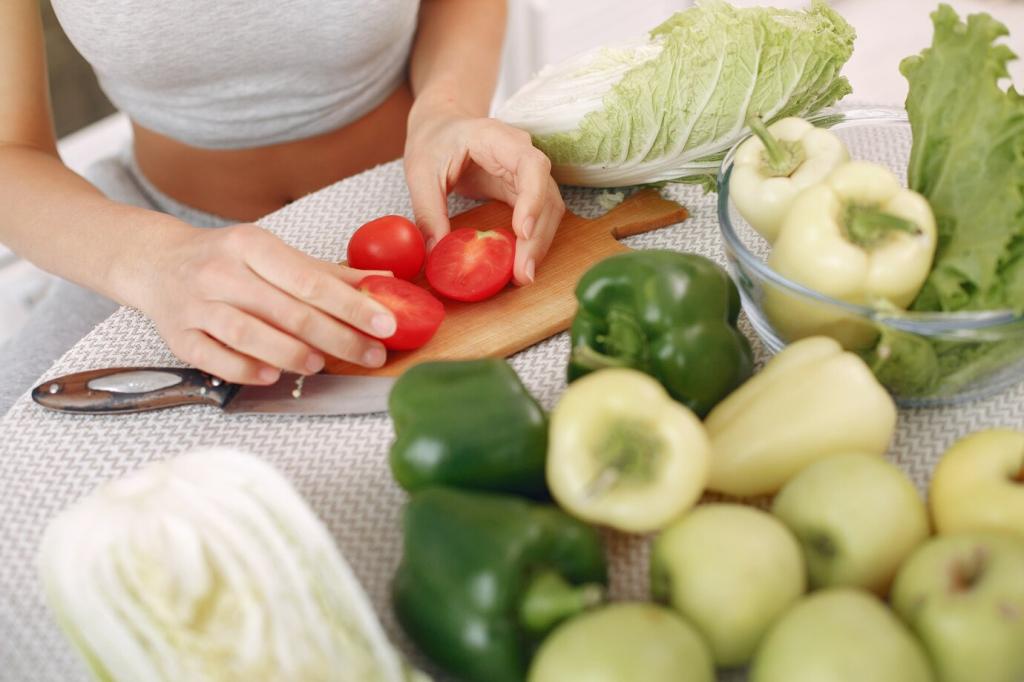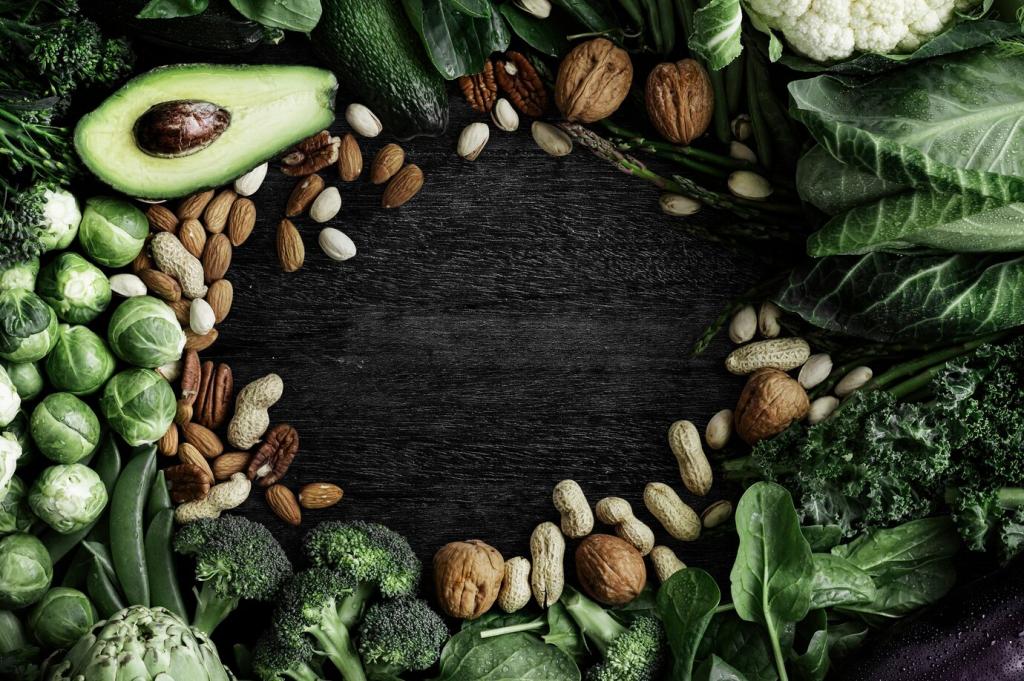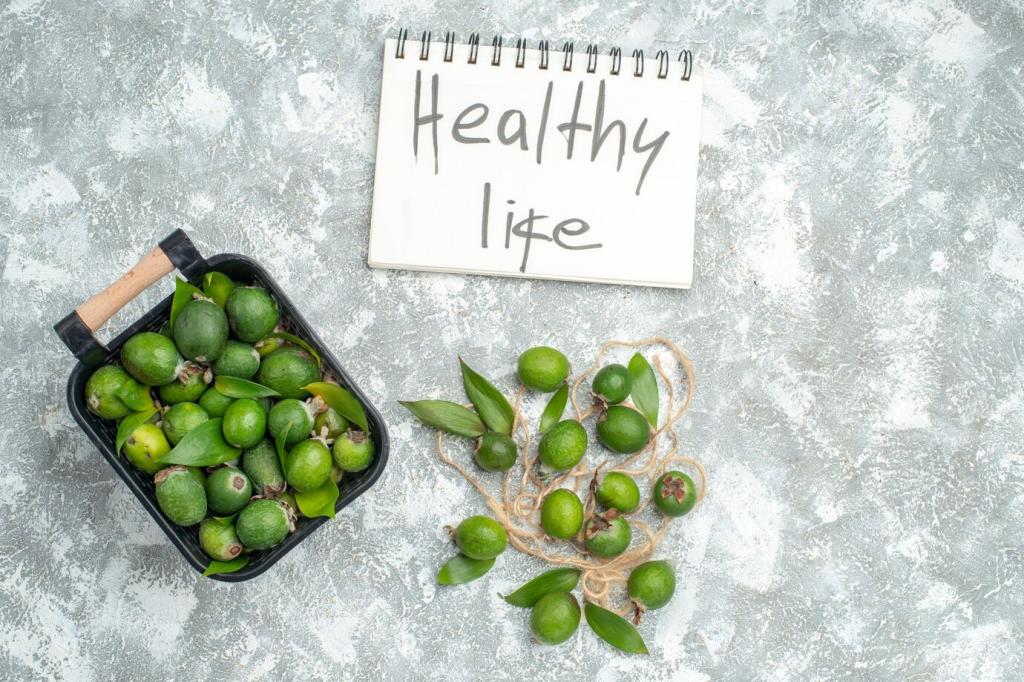Today’s theme: Nutrient-Dense Foods for Immunity and Energy. Welcome to your uplifting guide for feeding resilience and steady vitality with delicious, practical choices. Dive in, bookmark your favorite ideas, and subscribe for weekly inspiration that keeps your plate—and your days—powerfully nourished.
What Nutrient Density Means for Immunity and Energy
Defining Nutrient Density
Nutrient-dense foods offer abundant vitamins, minerals, phytonutrients, quality protein, fiber, and healthy fats per calorie. They deliver more protective goodness in fewer bites, supporting robust immune function and steady energy without relying on sugar spikes or stimulant crutches.
Micronutrients That Matter
Vitamin C, vitamin D, vitamin A, zinc, selenium, iron, and B vitamins power immune cell activity, oxygen transport, and energy metabolism. Magnesium helps convert food to fuel, while antioxidants neutralize oxidative stress that can drain energy and compromise day-to-day resilience.
From Plate to Performance
Protein supplies amino acids for antibodies and repair. Complex carbohydrates release energy gradually. Omega-3 fats help modulate inflammation. Together, these nutrients form a steady foundation for focus, mood, and stamina. Share your go-to combination meal that keeps you energized through busy afternoons.

Energizing Meals and Snacks Without the Crash
Oats, Greek yogurt, nuts, and chia deliver fiber, protein, and healthy fats for sustained energy. Add berries for antioxidants and a squeeze of citrus for brightness. Eggs with sautéed greens and mushrooms also shine. Which breakfast leaves you energized until lunch without craving midmorning sweets?

Energizing Meals and Snacks Without the Crash
Pair protein and fiber: apple with peanut butter, carrots with hummus, edamame with sea salt, or cottage cheese with pineapple. These combinations stabilize blood sugar and keep you clear-headed. Share your favorite two-ingredient snack that travels well and rescues your afternoon concentration.
Plan a Nutrient-Dense Cart
Start with produce, legumes, whole grains, nuts, seeds, eggs, tinned fish, and fermented dairy. Add herbs, spices, and citrus for flavor and antioxidants. Budget tip: choose frozen berries and vegetables for peak nutrition and convenience. What staple keeps your quick dinners immune-friendly and satisfying?
Eat with the Seasons
Seasonal produce is flavorful and often richer in certain nutrients. Winter citrus brightens vitamin C intake; spring greens pack folate; summer tomatoes provide lycopene; fall squash offers carotenoids. What seasonal favorite do you eagerly await each year for both taste and energy-boosting nourishment?
Read Labels Like a Pro
Scan for fiber, added sugars, and whole-food ingredients. Look for minimally processed items with recognizable components and helpful fortification, like vitamin D in dairy alternatives. Avoid stealth sugars in sauces. Share a label discovery that surprised you and helped refine your everyday choices.
Cooking to Preserve Nutrients and Flavor

Steam or quick sauté vegetables to reduce vitamin losses, while simmering tomatoes increases lycopene bioavailability. Pair carotenoid-rich foods with olive oil to enhance absorption. Keep pans from smoking, and finish with lemon for brightness. What technique has helped you keep veggies vibrant and delicious?

This is the heading
Lorem ipsum dolor sit amet, consectetur adipiscing elit. Ut elit tellus, luctus nec ullamcorper mattis, pulvinar dapibus leo.

This is the heading
Lorem ipsum dolor sit amet, consectetur adipiscing elit. Ut elit tellus, luctus nec ullamcorper mattis, pulvinar dapibus leo.
